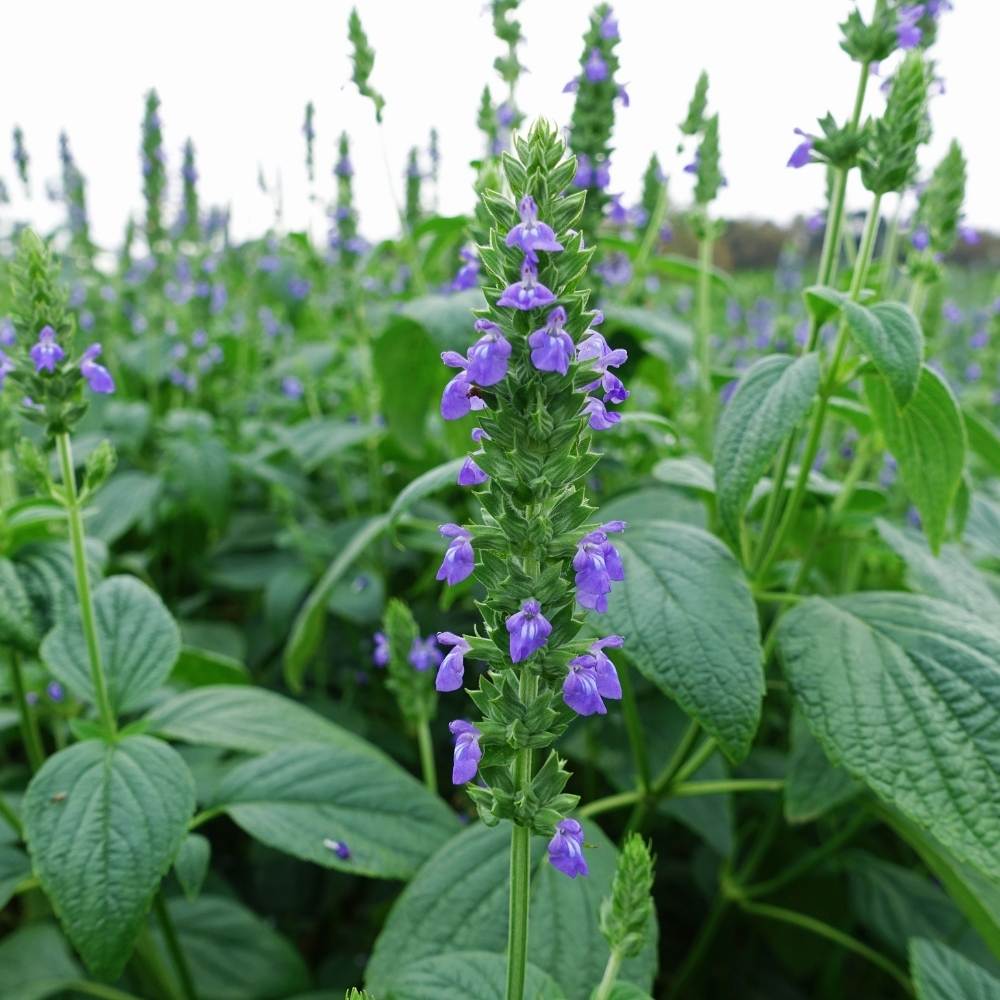Dr. Richard Komakech, PH.D.
Nutritional richness positions chia as a versatile ingredient,

Salvia hispanica L. (Family Lamiaceae), commonly known as chia, emerges as a botanical gem with a rich history rooted in Southern Mexico and Northern Guatemala. The vast Salvia genus, encompassing approximately 900 species, has been dispersed globally for thousands of years, leaving its botanical footprint across diverse regions, including Africa. In Uganda, a kilogram of Chia seeds can go for a price of between 4,000/= to 7,000/= shillings. Chia’s allure is not merely botanical; it extends to the realm of nutrition and medicine. Within the confines of chia seeds lies a nutritional treasure: polyunsaturated fatty acids, dietary fiber, a spectrum of vitamins, calcium, protein replete with essential amino acids, and an array of vital minerals.
This nutritional richness positions chia as a versatile ingredient, seamlessly integrating into an array of culinary delights like biscuits, pasta, cereal bars, snacks, yoghurt, and cakes The historical significance of chia takes us back to its indigenous roots in Mexico and Guatemala, where these seeds were revered as a dietary cornerstone. The very term “chia” draws its etymological roots from the ancient Mayan language, meaning “strength”. While contemporary usage of chia seeds spans a spectrum from addressing diabetes to enhancing athletic performance, managing high blood pressure, and tackling heart disease, the empirical foundation for these applications rests on somewhat limited scientific evidence.
In the culinary field, chia seeds exhibit remarkable versatility: they can be soaked to enhance porridge, transformed into indulgent puddings, incorporated into baked goods, or simply sprinkled atop salads and yoghurt. Chia, standing as one of the select medicinal plants, yielding essential oil in notable concentrations, becomes a valuable source for the production of omega-3 capsules. Beyond its nutritional prowess, chia seeds showcase healing attributes, contributing to wound healing, augmenting collagen levels in the skin, enhancing vision, and participating in the processes of cell differentiation and growth.
Chia seeds offer a comprehensive profile with the inclusion of vitamins A, C and B. This diverse vitamin content facilitates iron absorption, biosynthesis of connective tissue, protection against cellular damage, caused by free radicals, and active involvement in metabolic reactions. Studies further unveil an elevated concentration of phytosterols in chia seeds, which is vital in fighting cancer and cardio-protective effects alongside antimicrobial activities.
The cardio-protective ability of chia seeds emanates from their copious omega-3 fatty acid content. This botanical treasure exerts control over hypertension, enhances heart function, and orchestrates a reduction in cholesterol levels. Simultaneously, chia seeds showcase prowess in mitigating the risk of diabetes, by protecting the body from high blood glucose concentrations and insulin resistance.
Potassium, which is available in large quantities in chia seeds, plays a pivotal role in preventing cardiovascular diseases, impeding the progression of chronic renal failure, and serving as a bulwark against strokes. Moreover, the dietary fiber content and low carbohydrate concentrations in chia seeds position them as allies in the realm of appetite reduction and weight loss.
Chia seeds transcend their botanical origins, emerging as a nutritional powerhouse with a myriad of health benefits. From the annals of ancient civilizations to the modern culinary landscape, chia seeds weave a narrative of strength, versatility, and wellness, encapsulating the essence of a truly remarkable botanical entity.















